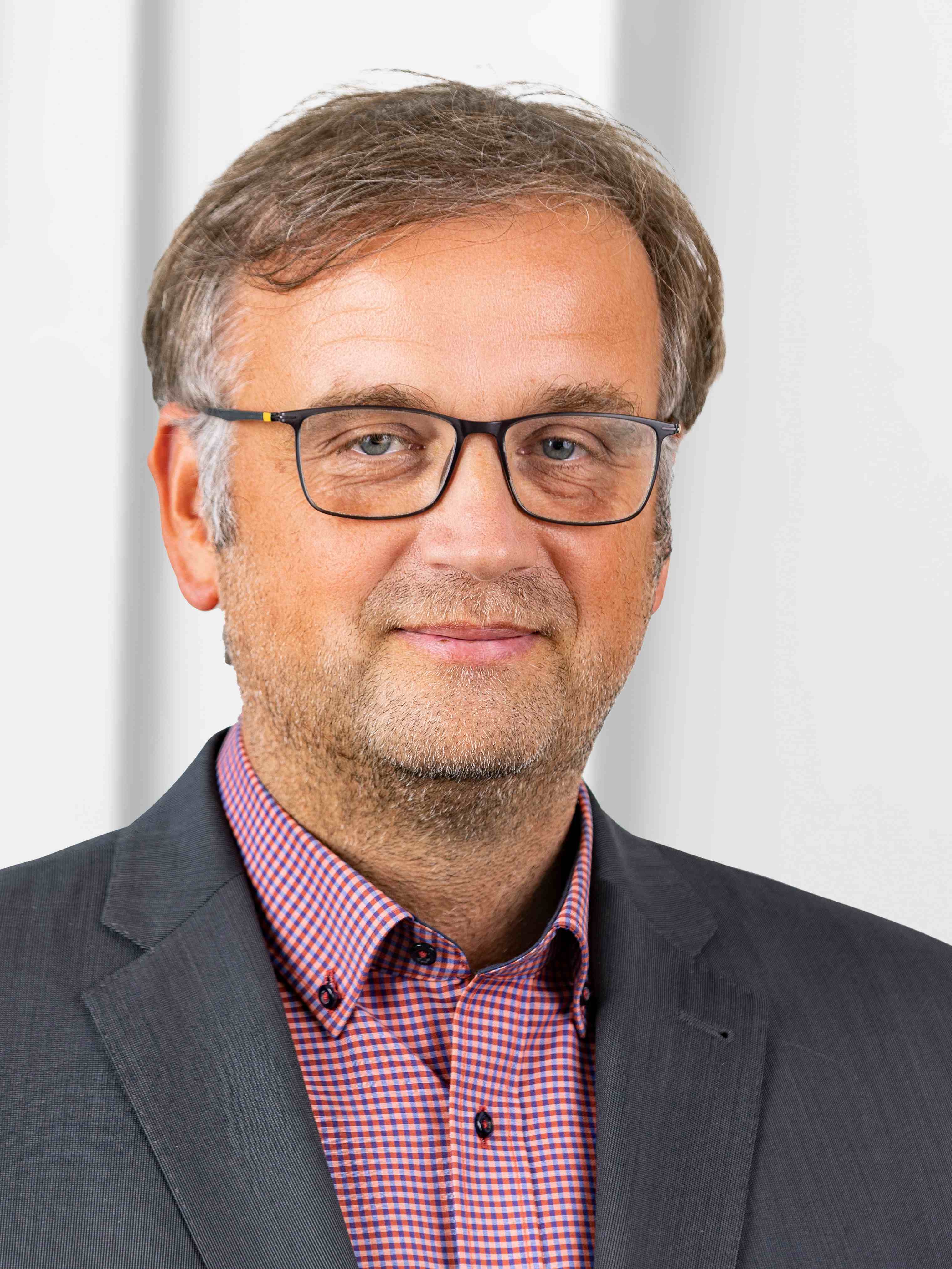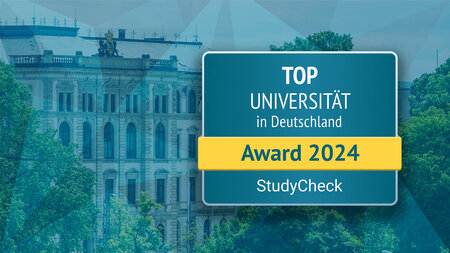About MAIN
MAIN was built between 2011 (draft proposal) and 2018 (building handover) as a Research Facility in accordance with Art. 91b Para. 1 No. 3 of the German Basic Law. In August 2020, the University Management decided on the basis of the University Development Plan in coordination with the Task Force for the Implementation of MAIN and the involved faculties and in consultation with the Academic Senate and the University Council, to create MAIN a Central Scientific Institution of the University in accordance with § 92 Para. 1 Clause 1 of the Saxon Act on Higher Education (SächsHSFG) in conjunction with § 20 Para. 2 Clause 1 of the Chemnitz University of Technology constitution.
The Regulations of the Center for Materials, Architectures and Integration of Nanomembranes (MAIN), developed by the Task Force for the Implementation of MAIN, were published in the Official Announcements 04/2022 of Chemnitz University of Technology and came into force on February 11th, 2022.
Within a ceremonial function on September 5th, 2022, Prof. Dr. Oliver G. Schmidt was conferred the position of the Scientific Director of the Research Center MAIN by the President. On this occasion, the Head of the Task Force for the Implementation of MAIN, Prof. Dr. Thomas Otto, was awarded the Medal of Honor of Chemnitz University of Technology for his services.
Dedication of the Research Center for Materials, Architectures and Integration of Nanomembranes (MAIN) is the exploration of the fundamental physical and chemical properties of flexible, nanostructured membranes (“nanomembranes”) as a novel material class and to open up their potential for use in engineering. The term nanomembranes covers functional structures which are very thin (down to one layer of atoms) but have an area in the micrometre range and are characterised by particular electronic, optoelectronic or electrochemical properties while having a high degree of mechanical flexibility. They form the basis for novel, tiny components which can be bent, stretched and shaped and are therefore extremely adaptable. The objective is to apply the findings of this research to the development of pioneering fields in materials science for the benefit of society, leading to new technologies and products in mobile communications, medicine and energy, for example.
Participating Institutions at TU Chemnitz
Faculty of Electrical Engineering and Information Technology
Institute for Micro Systems and Semiconductor Technology
Center for Micro and Nano Technologies
Cooperating Institutions
Fraunhofer Institute for Electronic Nano Systems (Fraunhofer ENAS)
Helmholtz Center Dresden-Rossendorf (HZDR)
Leibniz Institute for Solid State and Material Research (Leibniz IFW)
Contact

-
Phone:+49 371 531 36761
-
Email:
-
Address:Rosenbergstraße 6, 09126 Chemnitz
-
Room:C50.304
-
Phone:+49 371 531 20100
-
Email:
-
Address:Rosenbergstraße 6, 09126 Chemnitz
-
Room:C50.313






